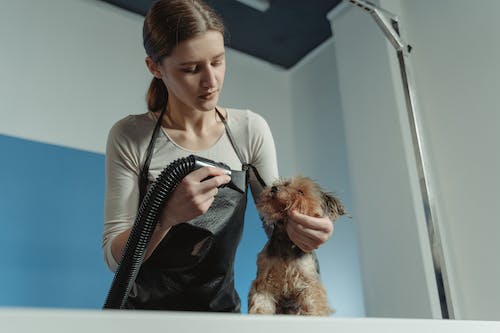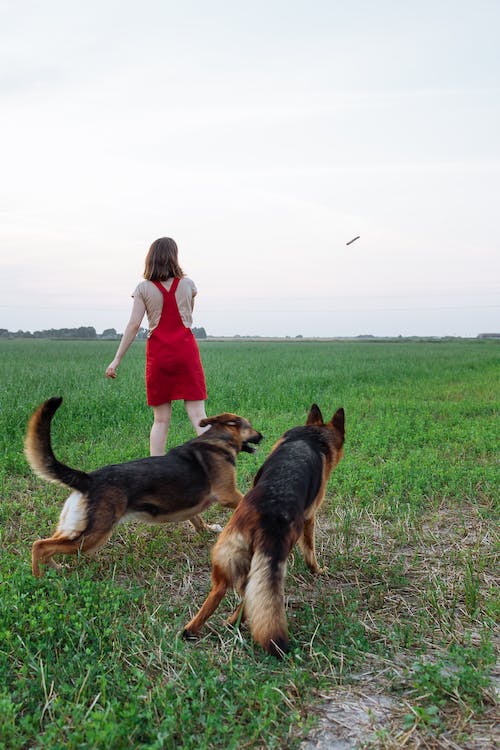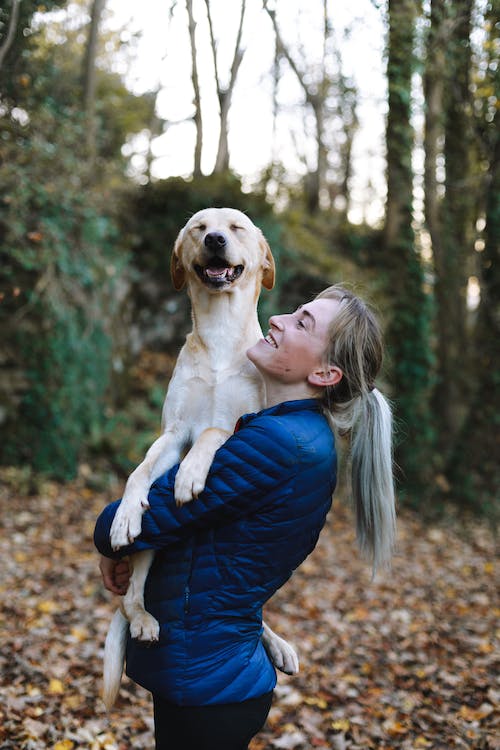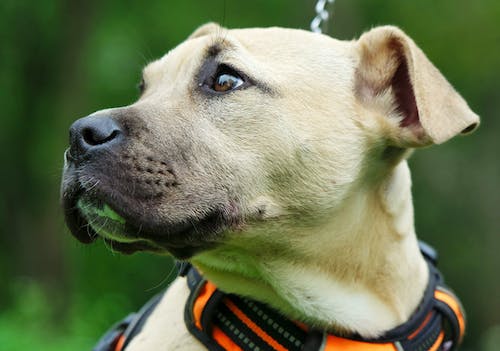Dogs are known for their loyalty, companionship, and playful nature. They are our best friends and deserve the utmost care and attention. One crucial aspect of a dog’s well-being that often goes unnoticed is the health of their paw pads. These sensitive areas play a vital role in their daily activities, such as walking, running, and playing. Therefore, it is essential for dog owners to understand the best ways to keep their dogs’ pads healthy.
Firstly, regular inspection and cleaning of your dog’s paw pads are crucial for maintaining their overall health. Paw pads can accumulate dirt, debris, or even small objects like thorns or glass fragments during walks or outdoor activities. These foreign bodies can cause discomfort or even lead to infections if left untreated. Therefore, it is recommended to inspect your dog’s paws after each walk or play session.
How to Clean
To clean your dog’s paw pads effectively, start by gently wiping them with a damp cloth or using pet-friendly wet wipes specifically designed for this purpose. Be sure to remove any visible dirt or debris between the toes as well. Additionally, trimming the hair around the paw pads can prevent matting and further accumulation of dirt.
Moisturizing The Paw Pads
Another important aspect of maintaining healthy paw pads is moisturizing them regularly. Just like human skin needs hydration to stay healthy and supple, so do dogs’ paw pads. Dry and cracked paw pads can be painful for dogs and make walking uncomfortable.
To moisturize your dog’s paws effectively, consider using specialized pet-safe products such as paw balms or creams available in pet stores or recommended by veterinarians. These products contain natural ingredients like shea butter or coconut oil that provide moisture while also protecting against harsh weather conditions. It is worth noting that excessive moisture can also be detrimental to your dog’s pad health as it may lead to maceration (softening) of the skin between the toes. Therefore, it is crucial to strike a balance and avoid over-moisturizing.
Avoid Harsh Terrain
In addition to regular cleaning and moisturizing, providing proper protection for your dog’s paw pads is essential, especially during extreme weather conditions. Extreme heat or cold can cause burns or frostbite on their sensitive paws. In hot weather, avoid walking your dog on scorching pavement or sand as it can quickly become too hot for their paws to handle. Instead, opt for grassy areas or consider using protective booties.
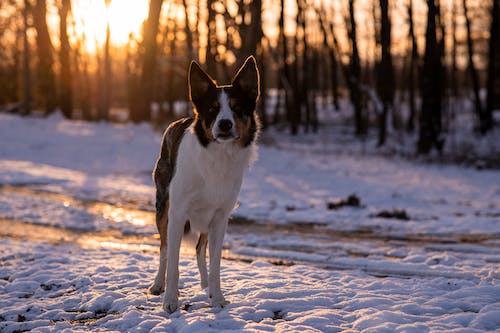
During winter months, salt used to melt ice on sidewalks can be harmful to dogs’ paw pads. It is advisable to rinse their paws with warm water after walks and dry them thoroughly. Applying a protective balm before going outside can also provide an extra layer of defense against the cold.
Don’t Overload Their Paws
Lastly, maintaining a healthy diet and weight for your dog contributes significantly to the overall health of their paw pads. Obesity puts additional strain on their joints and paws, leading to increased wear and tear. A balanced diet rich in essential nutrients helps maintain healthy skin and strong paw pads.
Keeping our dogs’ paw pads healthy should be a priority for every responsible pet owner. Regular inspection and cleaning, moisturizing with pet-safe products, providing protection during extreme weather conditions, and maintaining a healthy diet are all crucial steps in ensuring the well-being of our furry friends’ precious paws. By following these guidelines diligently, we can ensure that our loyal companions enjoy happy and pain-free adventures throughout their lives.

